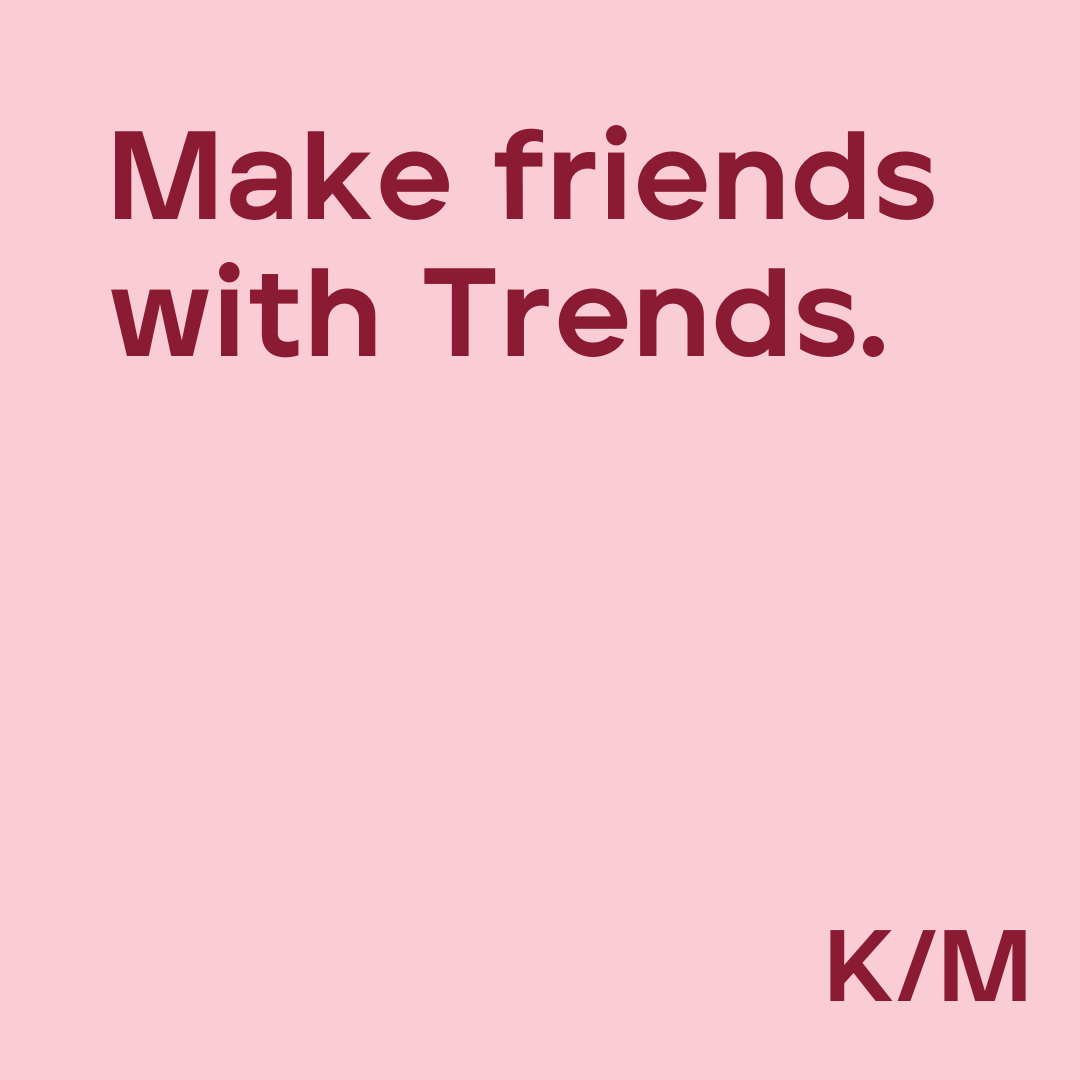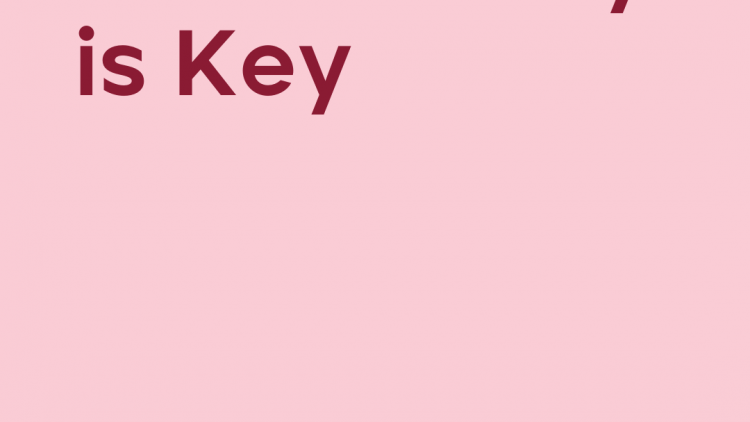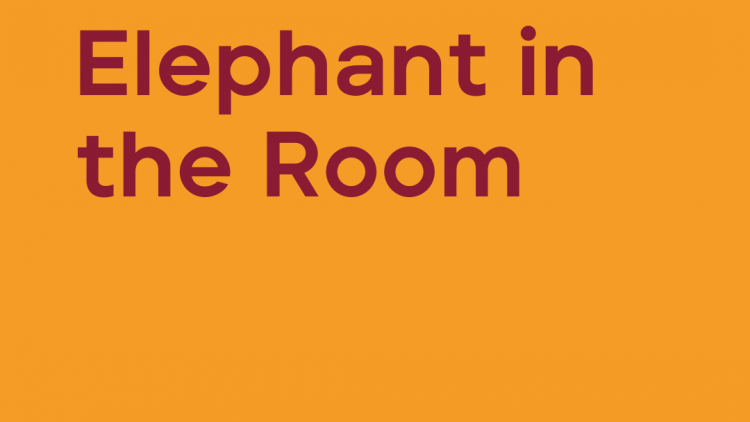What is a trend? And how can you apply it in business?
In 2010, I started writing a ‘10 trends for the year ahead’ forecast and it’s become a conscious practice for me to constantly look ahead.
So what’s happening now?
At the moment, it feels like everything in the world is changing. We’re all off balance.
The whole world has gone mad for plastics, specifically outlawing single use plastics. Home ownership feels out of reach for many people. Climate change is real.
Business owners are asking themselves, ‘Who and what do I need to build my business for?’
What I’ve noticed is that businesses stick to the marketing channels, customer experience and product development that they’ve always done.
This is wrong.
Consumer behaviour has shifted. You need to shift. You’ve got to look for the trends.
What a trend is not is crocs and pet rocks. Those things that appear out of nowhere and then disappear just as quickly. They are fads.
A trend is when we’re able to serve basic human needs in a new way.
It’s predicted that half of the businesses on the S&P index won’t be here in 2028.
That’s the fallout of businesses not keeping up with human needs and consumer behaviour.
Our basic needs and wants rarely change but how technology can serve them does change – and rapidly.
You have to look at what people want versus what is available. Therein lies the magic of the trend forecaster.
This is Instagram killing Kodak. Netflix killing Blockbuster. Tom Tom getting taken out by Google maps on smart phones.
I love Trendwatching for now, and The Future Laboratory for tomorrow when it comes to accessing these kinds of ideas and information.
I personally love looking at what’s next in food, tech and cultural shifts, and exploring the consumer insights that come out of this.
Tech is a macro trend. I think that voice is the next big thing. With the adoption of Siri and smart speaker adoption, voice search is going to eclipse traditional SEO models.
5G has been described as being like going from a typewriter to an iPad. This will enable the full potential of the Internet of Things and Smart Cars.
The way we think about people and demographics is changing. We will start marketing to stage, not age, as people re-enrol for university at 65, and people go through multiple cycles of education, work and mini-retirement.
Trends are guiding lights that can quickly become a new galaxy. Get out your telescope and look to the skies.



